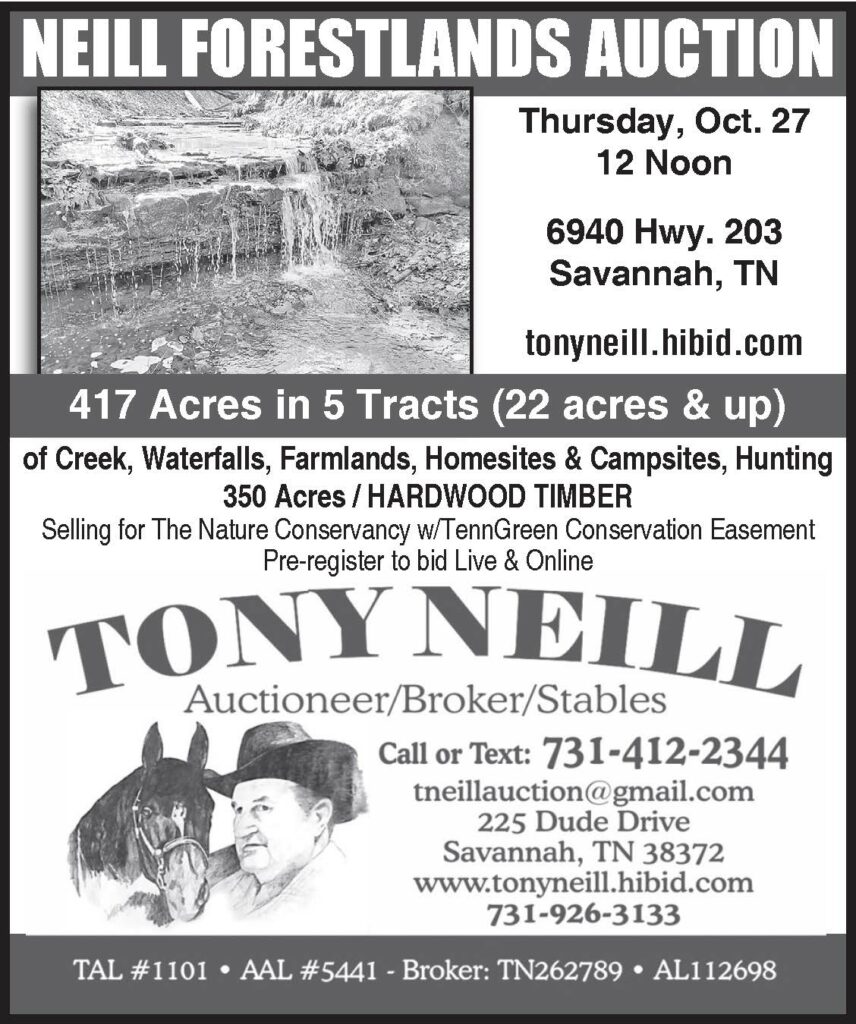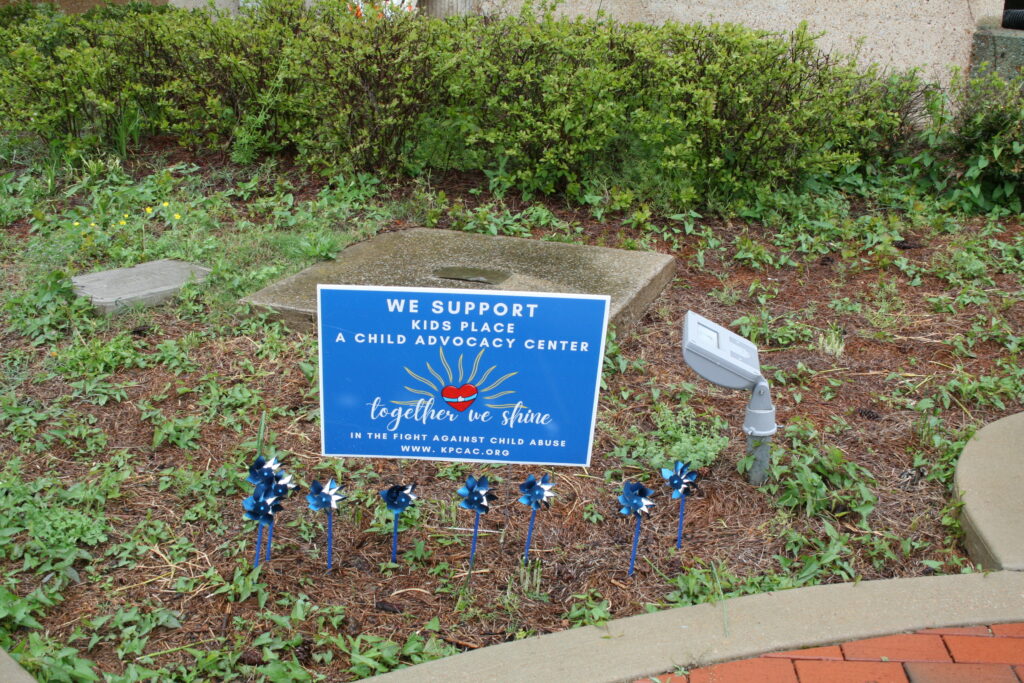Make It Smaller
Dr. Gary Bates, Director
UT Beef and Forage Center
One of my favorite foods is a hamburger. A hot cheeseburger is a food delivered from heaven by angels. Sometimes when I am traveling, I will pull into a fast food hamburger joint. When looking at the menu, there is the choice between a regular cheeseburger or a double. Guess what I get. You know it – make it a double, baby! And when they ask me do I want to upsize my fries? Yeah, yeah, yeah. Because we all know bigger is better.
When it comes to hamburgers, trucks, or even guns, bigger is better. That is not the case when thinking about the size of your pastures. Now that pastures are starting to be productive and grass growth is becoming plentiful, you need to make sure that you utilize that forage as efficiently as possible. If cattle have too large of a pasture to graze, then areas close to water, shade, and mineral will be grazed, while areas further away will be wasted and go ungrazed. Research has shown that continuously grazing in a large pasture can result in 20-30 percent waste of forage.
Not only will there be forage that is unharvested, but certain areas of the pasture will be overgrazed, causing the stand of grass to become thin. Decreased production and increased weed pressure will soon follow. This overgrazing will become more severe as we move into June, July, and August, when high temperatures and drought cause tall fescue growth to slump.
A simple way to minimize this problem is through rotational grazing. If you divide a large pasture into a few smaller pastures (often called paddocks), then you force animals to eat more of the forage in the smaller paddock before moving them to the new one. Not only do you get better forage utilization, but once you move the cattle to a new paddock, the plants in the one just grazed have a chance to rest and regrow, maintaining a higher level of vigor and persistence.
You may have read an article describing a producer that has an intensive rotational grazing program, where they move cattle every day to a fresh paddock. That system can work extremely well, and improves forage utilization and yield dramatically. But you don’t have to set it up so cattle move every day. Maybe moving every 3-4 days fits your operation best. It might be that moving once a week works best for you. Anything that you can do to give pastures a chance to rest between grazings will help with persistence.
If you are not sure where to start, begin by looking at your pastures and seeing if there is a simple way to split a large pasture into 2 or 3 smaller paddocks. With temporary, electrified fencing and tread-in posts, you can put a fence line almost anywhere. Use your current water source for each paddock and split off that. Your goal should be to have a paddock that is sized so that the furthest edge of the field is no more than 600-800 feet away from water.
When a paddock of tall fescue is grazed down to three inches, it is time to move the cattle into the new paddock. During April and May the first paddock may be ready to graze again in 21 days. This rest period will allow the plants to grow back more vigorously and persist much better than if there was no rest period.
Don’t try to make rotational grazing too complicated. The goal is to encourage more uniform grazing and allow rest periods for plant recovery. You can decide later to add more paddocks if it fits your operation. But the big point is you need to start somewhere. This spring will be a good time to begin to improve your grazing management.
Just remember, pastures should be small, hamburgers should be big.







